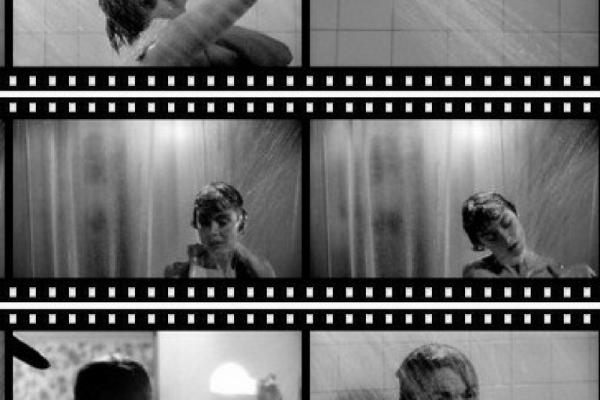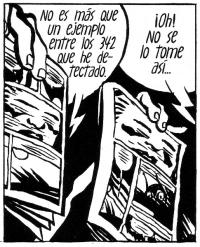
Ella Mingazova - Psycho in the Desert: Slowness in Don DeLillo’s Point Omega
This presentation focuses on the forms and functions of slowness in Don DeLillo’s 2010 novel Point Omega. The prominent role of slowness in the novel, I will argue, is reflected not only on the thematic level but also in the narrative organization of the work. The novel features 24 Hour Psycho, an art installation by Douglas Gordon which slows down Hitchcock's film Psycho to two frames a second and thereby stretches its duration to twenty-four hours. 24 Hour Psycho frames the central narrative of Point Omega; literally – as the novel begins and ends by evoking the artwork, and figuratively – as the novel seeks to reproduce a similar experience to the one provided by 24 Hour Psycho. However, the narrative pace of the novel is not “simply” decelerated by describing a short period of time in length; neither is the duration of the reading experience extended by the extreme length of the text – Point Omega is a short novel. Rather, the experience of 24 Hour Psycho is replicated by employing “suspended causality” and a focus on non-events. This creates a particular aesthetics of slowness, which seems to foreground that slowness and speed are two sides of the same coin.
bio
Ella Mingazova is an independent scholar from Belgium, preparing a PhD project at the University of Liège. Her research focuses on aesthetic slowness in contemporary fiction.
Benoît Crucifix - Redrawing as Reframing. Graphiation, Quotation and Comics History
Coining the concept of ‘graphiation’ to theorize the narrative functions of drawing in comics, Philippe Marion’s Traces en cases has become a seminal text in comics studies due to its further theorizations by, among, others, Jan Baetens, Jared Gardner, and Simon Grennan. This presentation hopes to make an original contribution to these discussions by focusing on the issue of quotation and redrawing in graphic narratives, practices that interrogate how the ‘graphic trace’ relates to the drawing subject. I will compare and contrast two culture-specific terms: ‘case mémorable’ in the context of Franco-Belgian comics and ‘swiping’ in the context of American comic books. Both terms point at how comics images circulate across the borders of their original formats trough different technicalities of reproduction (mechanical or hand-crafted) that split them from both their immediate and larger contexts.

While these terms are frequently used by creators, fans and readers alike, they have gained no currency in comics theory. My attempt, however, is not to argue for their inclusion within that vocabulary but rather to understand how these terms articulate, within the comics world, debates about quotation and redrawing. I will briefly retrace the genealogy of these terms in fan discourses to finally show how two contemporary cartoonists–Charles Burns and Olivier Josso Hamel–revisit them in ways that foreground the cultural and narrative stakes of reusing ‘old’ comics. Comparing these two terms will shed light on distinct conceptions of copying, originality and quotation, hopefully providing fresh perspectives on the theory of graphiation.
bio
Benoît Crucifix is a FRS-FNRS doctoral fellow at the University of Liège and UCLouvain in Belgium, where he is writing a thesis on ‘authors’ histories of comics,’ more specifically examining how contemporary graphic novelists act as comics historians by redrawing, curating, and remediating the past of the medium in various ways. He is a member of the ACME Comics Research Group in Liège. He has published articles in European Comic Art and The Comics Grid, and has contributed essays, reviews and interviews to du9, Töpfferiana, and Graphixia. His research stay at Project Narrative was generously supported by a travel grant from the Fédération Wallonie-Bruxelles.
